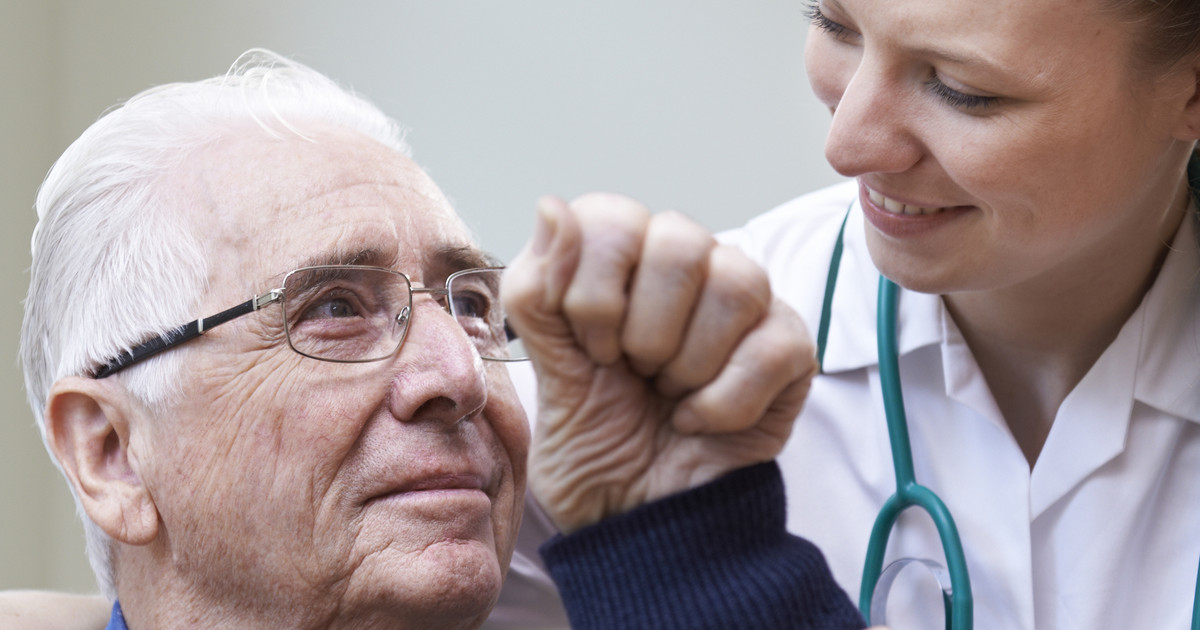Everything You Need To Know About Atrial Fibrillation
Atrial Fibrillation And Stroke Facts

When atrial fibrillation remains untreated, the potential for blood clots forming in the heart is increased, and these blood clots can then travel to the brain and block blood flow, resulting in a stroke. Atrial fibrillation patients are four to five times more likely to experience a stroke, and up to fifteen percent of strokes are caused by untreated atrial fibrillation. Researchers do not know the length of time it takes for untreated atrial fibrillation to result in a blood clot in the brain, but studies have shown an electrical shock to the heart for atrial fibrillation increases stroke risk for two to four weeks afterward. It is presumed that the shock causes previously formed clots to dislodge and lead to stroke.
Diagnosing Atrial Fibrillation

If a doctor suspects their patient may be affected by atrial fibrillation, they may refer them to a physician who specializes in heart conditions and diseases to confirm a diagnosis. Patients may also be referred to a physician who specializes in irregular heartbeats. Both of these types of physicians will likely perform a physical examination on the patient to listen to the rate and rhythm of their heart, take blood pressure and pulse, listen to their lungs, and check for other signs indicative of valve or muscle problems. An individual may need to have an electrocardiogram or EKG so their doctor can see the rhythm of their heartbeat, speed of their heartbeat, the strength of electrical signals in the heart, and the timing of the electrical signals in the heart. An individual may need to wear a Holter monitor for between twenty-four to forty-eight hours to record the electrical activity of their heart. Other tests can assist with the diagnosis of atrial fibrillation include an event monitor, stress test, mobile cardiac telemetry, echocardiogram, transthoracic echocardiogram, transesophageal echocardiogram, chest x-ray, blood tests, CT scan, MRI scan, portable electrocardiogram, fitness tracking, and a tilt table test.
